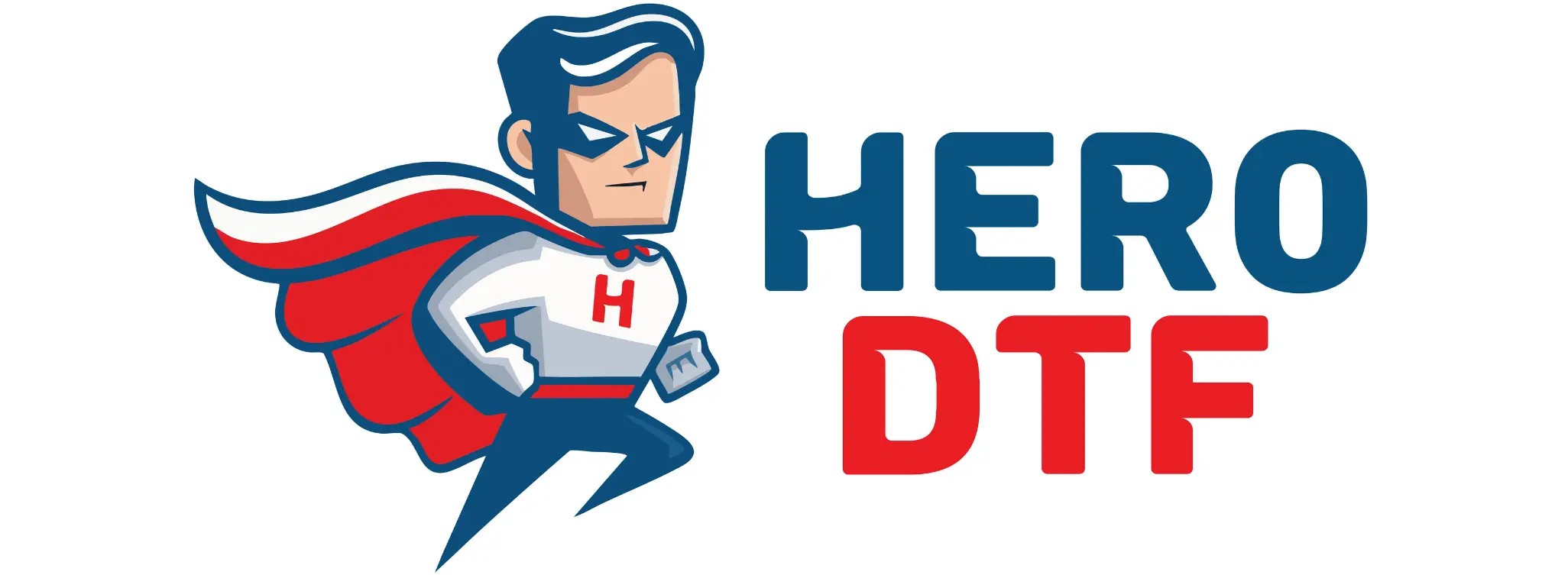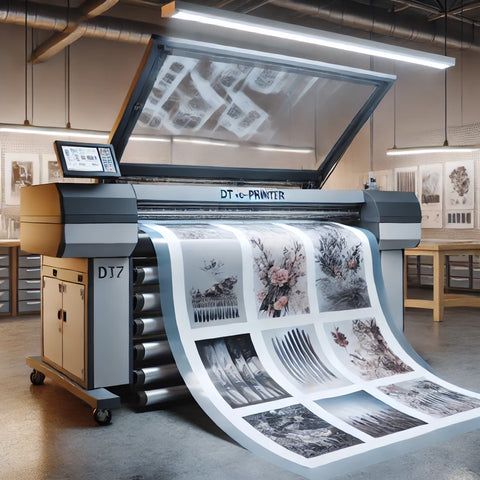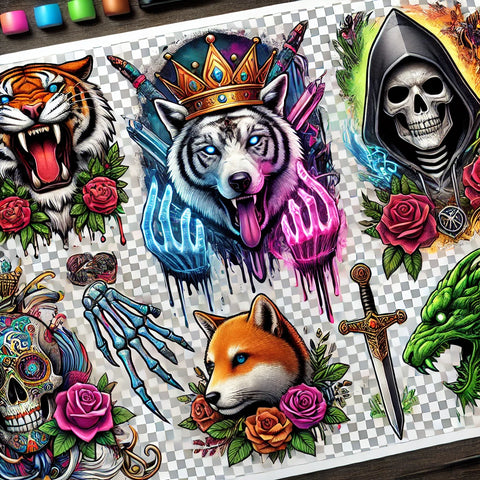What is DTF Transfer? DTF (Digital Transfer Film) transfer is a modern printing method used to transfer designs onto various materials. This technique utilizes a special film and adhesive powder, allowing for vibrant, durable, and flexible prints on a wide range of substrates.
How Does DTF Transfer Work?
-
Design Preparation
- Create your design using graphic design software. Ensure it is high resolution for the best print quality.
-
Printing on Transfer Film
- Print your design onto a special PET film using a DTF printer. The printer uses CMYK inks to produce vivid colors and often includes a white ink layer for opacity, especially useful for dark fabrics.
-
Application of Adhesive Powder
- Apply a hot melt adhesive powder to the printed film. This powder sticks to the wet ink and will later act as the adhesive to bind the design to the fabric.
-
Curing the Powder
- Cure the adhesive powder by passing the film through a curing oven or using a heat press at a lower temperature. This step ensures the powder is melted and forms a solid layer over the ink.
-
Transferring the Design
- Position the film with the printed side down onto your chosen material (e.g., a T-shirt).
- Use a heat press to apply heat and pressure, typically at around 325°F to 350°F (160°C to 175°C) for 10-15 seconds. This transfers the design onto the fabric.
-
Peeling the Film
- Once the transfer has cooled down (or while it's still warm, depending on the type of film), peel the PET film away, leaving the design adhered to the fabric.
Advantages of DTF Transfers
- Versatility: Can be applied to a variety of materials including cotton, polyester, blends, leather, and more.
- Vibrant Colors: Produces bright and vivid prints with excellent color accuracy.
- Durability: Transfers are long-lasting, resistant to washing and wear.
- Flexibility: Unlike other methods, DTF can be used on both light and dark fabrics.
- No Pretreatment Needed: Unlike DTG (Direct-to-Garment) printing, DTF does not require the fabric to be pretreated.
DTF vs. Other Printing Methods
- DTG (Direct-to-Garment): DTG is great for high-detail images but is limited to certain fabric types and requires pretreatment. DTF, on the other hand, works on a broader range of materials without pretreatment.
- Screen Printing: While screen printing is cost-effective for large runs, it is not ideal for small orders or intricate, multi-color designs. DTF offers more flexibility for small and detailed prints.
- Sublimation: Sublimation works well on polyester but is unsuitable for cotton. DTF can be used on both, making it more versatile.
Care Instructions for DTF Transfers
To maintain the quality and longevity of your DTF transferred garments:
- Wash inside out in cold water.
- Use mild detergent.
- Avoid bleach and fabric softeners.
- Tumble dry on low heat or hang dry.
- Do not iron directly on the transferred design.



